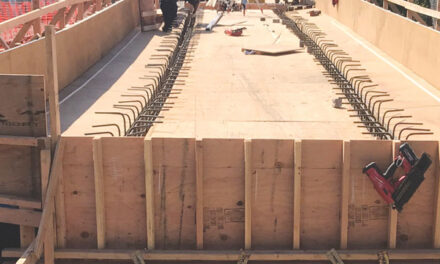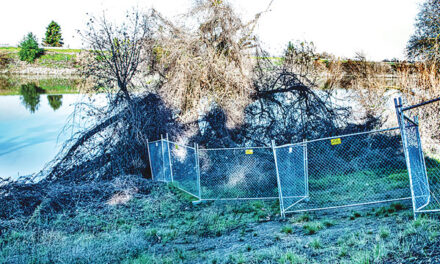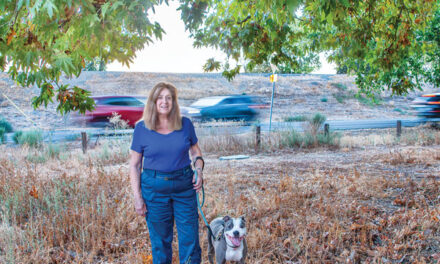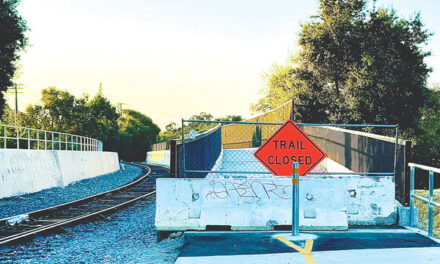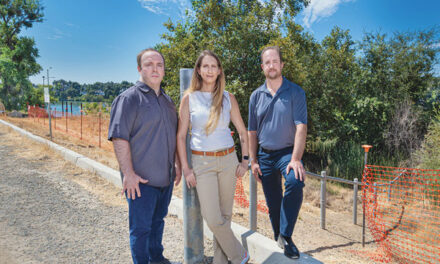The world’s population keeps growing. In 1900, the planet was home to 1.6 billion people. Today, the population is 7.7 billion and it’s projected to approach 10 billion in the next 30 years. Most of the growth will be in urbanized areas.
The California Department of Finance expects Sacramento County’s population to increase 54 percent by 2060—nearly 800,000 more people. El Dorado and Placer counties are growing at faster rates. Yolo County is just behind. Those three counties could add another 430,000 residents to the region’s population, bringing the newcomer total to more than 1.2 million.
Population growth is good for land speculators and developers, who usually lean on the rest of us to contribute monetarily to the infrastructure—sewers, new roads and freeway interchanges—needed to accommodate more housing.
People, including politicians, don’t generally talk about population growth as a problem, but the Earth’s resources are finite. There are only so many mineral deposits. The amount of arable land is limited, yet agricultural land is being taken out of production due to growth and lost to erosion and climate change. Fishery production is limited and overfishing is a problem. Hydraulic fracking has delayed the inevitable decline in oil production (and increase in prices), but carries environmental consequences.
In California, for every 100 people there are 75 cars. How will the 1.2 million more people in the Sacramento region, who need to commute, go to school, shop, socialize and recreate, get around in 40 years? Today, most use cars. Yet congestion is already the biggest transportation problem people name.
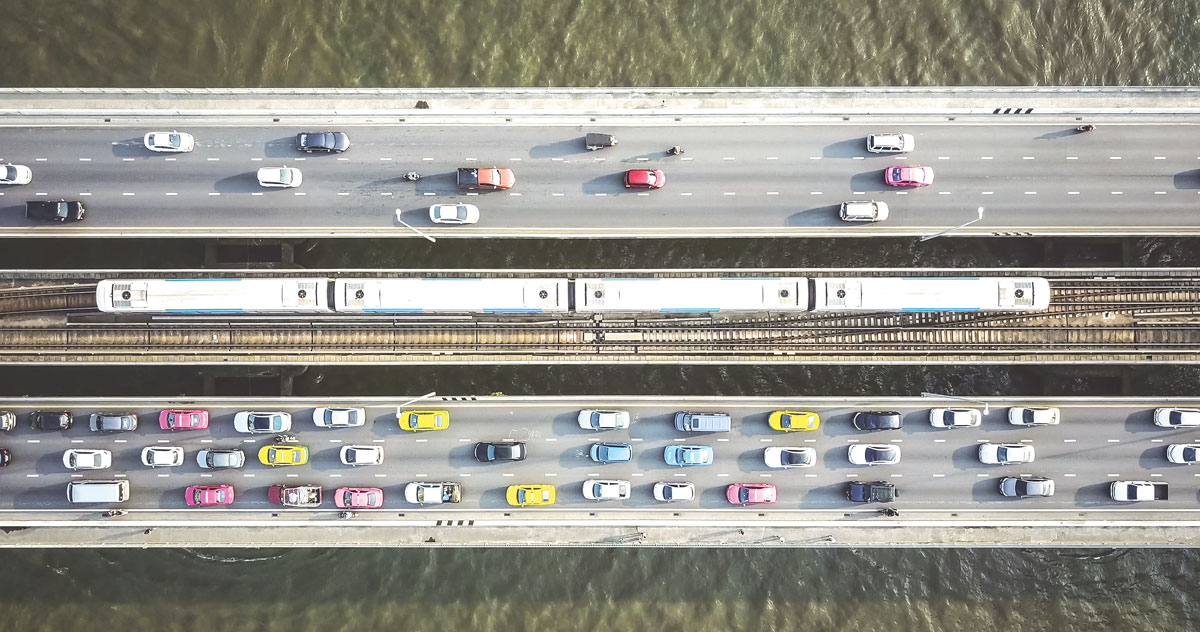
Can we, or should we, build our way out of congestion while adding more people? Are we condemned to be like a dog chasing its tail, hoping for relief while eternally stuck in traffic?
“Smart growth” has been the recent, more progressive way to deal with population growth. Essentially, smart growth is infill housing and denser development. While smart growth may be better than dumb sprawl in reducing the length of trips, it is still growth and still results in more people and more trips. Further, our track record on smart growth has not been good. Fast growing Roseville, Elk Grove and Natomas all pretty much mandate longer trips made by driving to get anywhere.
If population growth is a given (not that it should be), the options for dealing with its effects on transportation and road congestion are few. We can pave more of the countryside. We can discourage all trips. We can try to shift trips from single occupant vehicles to carpools, transit, walking and biking.
Building new roads and interchanges is expensive. Widening existing roads is costly and often impractical. Are we to double-deck freeways through areas that are already developed? Unfortunately, adding road capacity induces more people to drive. Adding road capacity doesn’t seem to be a winning proposition economically and is environmentally untenable.
Adding transit capacity is also expensive and, especially for rail-based transit, construction time can be measured in decades. It demands housing density to be efficient. One big advantage of transit is that it can be scaled up without raising the same issues as catering to more automobiles. Service frequency can be bumped up. More cars can be added to trains.
Automobile trips can be discouraged through congestion fees, tolls, higher gas taxes and parking fees. Those are all economically justified, but politically unpopular.
Some observers believe we will always have to live with congestion made worse by population growth. It’s too costly to build a road network that is uncongested during peak hours when those same roads would be grossly overbuilt for traffic volumes during most hours of the day.
As long as populations keep growing, the onslaught of humanity will complicate any plans to improve personal mobility. Demand for getting around keeps increasing. Creating the supply to meet that demand gets more expensive to build and maintain.
Perhaps we will be permanently condemned to being stuck with our newest neighbors on crowded highways. Or will we recognize that perpetual population growth is not a good thing?
Walt Seifert is executive director of Sacramento Trailnet, an organization devoted to promoting greenways with paved trails. He can be reached at bikeguy@surewest.net. Follow us on Facebook, Twitter and Instagram: @insidesacramento.



